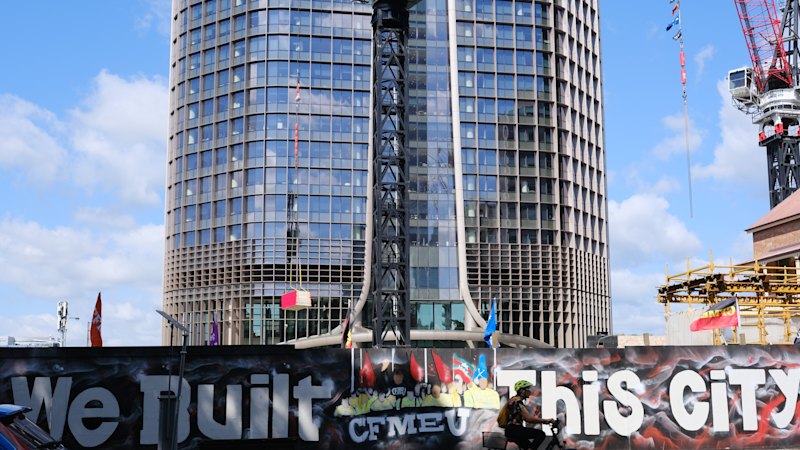
A controversial memorandum of understanding (MOU) has allowed officials from the Construction, Forestry, Maritime, Mining and Energy Union (CFMEU), who lost their right of entry permits, to gain access to building sites in Queensland for several years. This situation arose due to a flawed arrangement between the state’s industrial relations office and the police, which is now under scrutiny.
The issues surrounding this MOU were highlighted during a recent inquiry led by investigator Geoffrey Watson. Evidence presented indicated that Helen Burgess, who served as the Workplace Health and Safety’s construction compliance and field services director, was identified as the primary contact for resolving disputes involving police. Burgess has faced disciplinary action for her handling of a CFMEU complaint, and she is currently being investigated by the Crime and Corruption Commission.
As part of the inquiry, Watson revealed that Burgess had a “very close relationship” with a senior CFMEU official. This relationship raises substantial concerns regarding the integrity of the processes meant to govern access to construction sites. The inquiry was initiated by the Queensland government, following extensive reporting on corruption and misconduct within the CFMEU and the broader construction industry.
In a parliamentary session earlier this year, Deputy Premier Jarrod Bleijie noted that Burgess’s home had been raided by the Crime and Corruption Commission and that she had been suspended from her role. He, along with the Liberal National Party (LNP), has criticized the Office of Industrial Relations for being overly accommodating towards the CFMEU under the previous Labor government.
The MOU, while not legally binding, outlined the procedures for the overlapping duties of police and health and safety inspectors. It was intended to clarify how both entities would respond to calls about worksite incidents. However, an outdated version of the agreement, effective from April 2022 until September 2024, inaccurately described the laws governing entry to workplaces. Specifically, it indicated that CFMEU officials only needed a federal permit to access sites for health and safety matters, neglecting the requirement for state permits as confirmed by court rulings.
Watson’s testimony indicated that several former key figures within the Queensland CFMEU, including Michael Ravbar and Royce Kupsch, operated without the necessary permits. According to sources familiar with the matter, the MOU was so poorly drafted that it inadvertently facilitated unauthorized access to construction sites by CFMEU officials.
Additionally, the agreement allowed for a party involved in a dispute to request the appointment of an inspector to mediate. If the situation escalated, police were to be informed and were only permitted to remove individuals deemed to be illegally present if they were informed by the regulatory office.
The inquiry has now prompted updates to the MOU. In September 2024, revisions clarified that union officials must be eligible under state law to represent workers when seeking access to sites. Furthermore, recent amendments have introduced requirements for 24 hours’ written notice from permit holders before accessing sites and restricted the ability of permit holders or health and safety representatives to take photographs on site.
The Office of Industrial Relations has declined to comment on the specifics of Burgess’ employment or the MOU, citing ongoing inquiries. A spokesperson stated that they would not address issues that could affect the ongoing work of the Commission of Inquiry into the CFMEU or the Crime and Corruption Commission.
As the inquiry continues, significant questions remain regarding the relationship between regulatory bodies and the CFMEU, as well as the effectiveness of measures intended to ensure compliance within Queensland’s construction sector. The implications for workplace safety and regulatory integrity are at the forefront of this unfolding situation.






